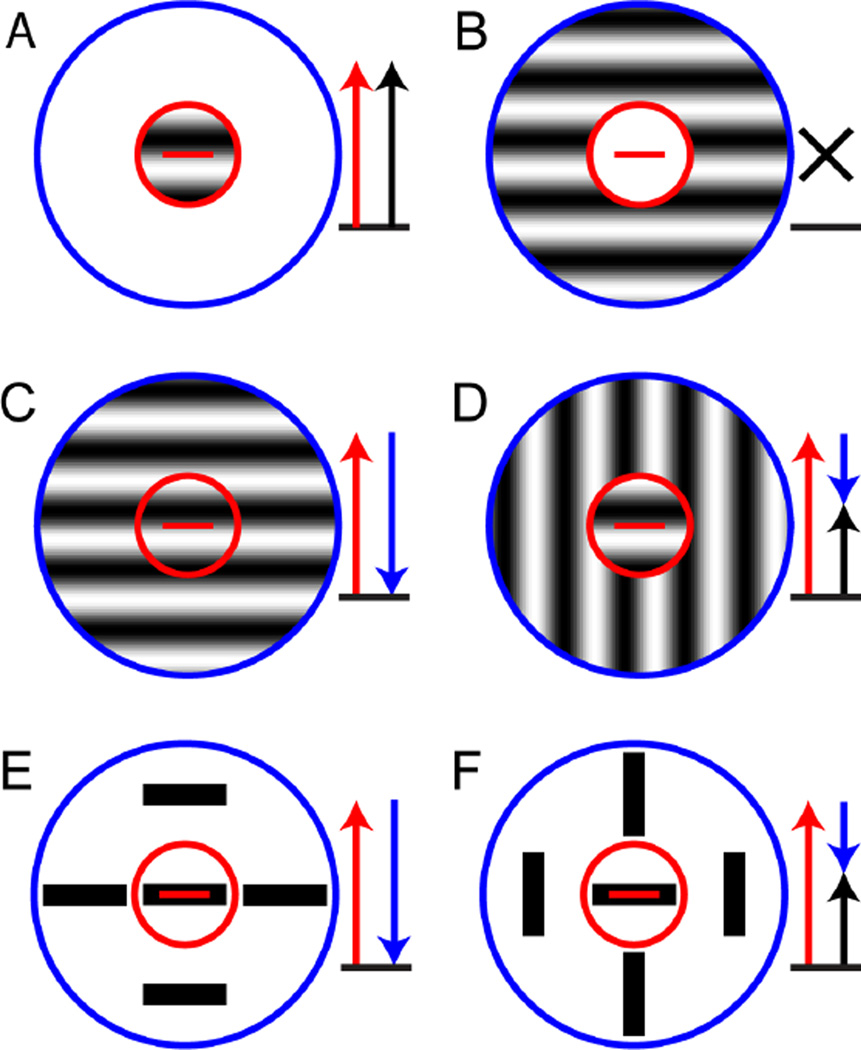Figure 1. Iso-orientation surround suppression and pop-out.
These panels diagram the responses of an idealized cortical neuron with a receptive field center (red circle) that is tuned to the horizontal orientation (red bar) and an iso-oriented suppressive surround (blue circle). Red arrows represent the excitation due to stimulation of the receptive field center, blue arrows represent suppression due to stimulation of the surround and black arrows represent the net response. (A) A grating of the preferred orientation confined to the receptive field center elicits a high firing rate (red arrow). (B) A grating of the preferred orientation confined to the suppressive surround elicits no response (black cross). (C) A grating of the preferred orientation covering both the center and the surround elicits a small response, because the center contribution (red arrow) is reduced by the suppressive surround (blue arrow). (D) When the grating in the surround is switched to a non-preferred orientation, part of the suppression is released (short blue arrow) and the overall firing rate is high. (E and F) As in C and D, but with the gratings are replaced by bars, typically used in pop-out experiments.

